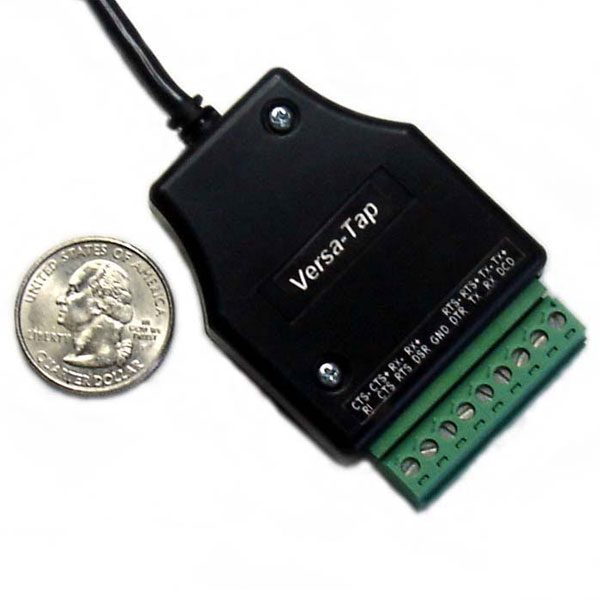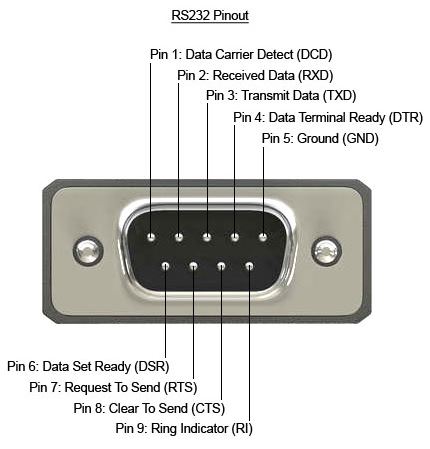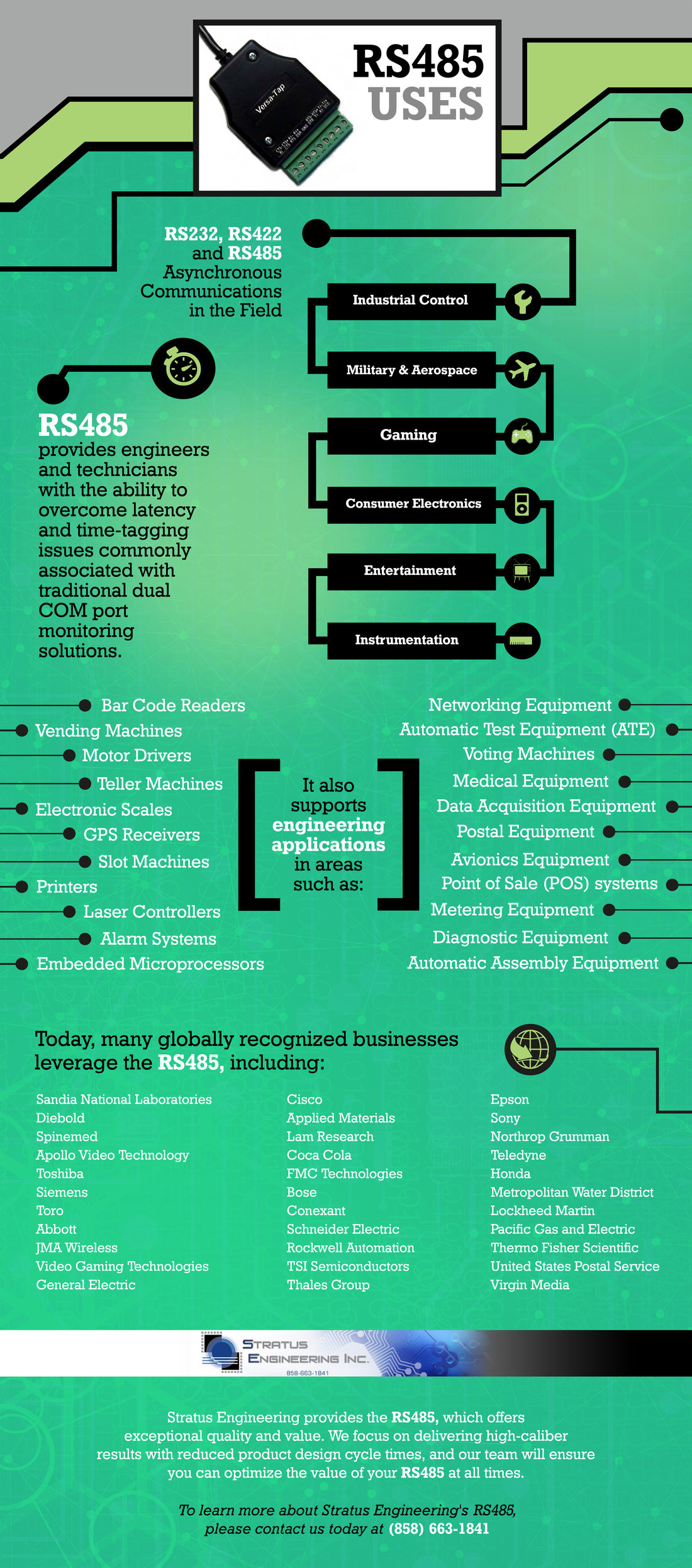RS232 to RS422/485 Conversion Cable Connection Requires No External Electronics or Power

In many cases where an RS232 to RS422/RS485 connection is required it is possible to perform the signaling conversion without an external adapter and power supply using the interface connections shown below. Why does this work? This arrangement provides connections that effectively satisfy the voltage level requirements of the RS232 and RS422/RS485 receivers for the…
RS232 to RS422/485 Conversion

RS232, RS422 and RS485 are simple asynchronous serial protocols used in a wide range of commercial, industrial, and military applications. All three use the same basic logical protocol, but vary in their physical implementation, i.e., voltage levels and signaling. Since both protocols are commonly used for the same or similar applications, it is often desirable…
RS232 9 Pin Pinout: Here’s What You Need to Know

Looking for a way to transmit data from one device to another quickly and securely? Thanks to RS232 serial port monitoring hardware, you should have no trouble capturing data and overcoming many of the latency and time-tagging problems commonly associated with traditional dual COM port monitoring solutions. RS232 serial port monitoring hardware stands out for…
RS485 Uses (Infographic)

RS485 provides engineers and technicians with the ability to overcome latency and time-tagging issues commonly associated with traditional dual COM port monitoring solutions. Share this Image On Your Site <p><strong>Please include attribution to www.stratusengineering.com with this graphic.</strong></p><br /> <p><a href=’ https://stratusengineering.com/test/rs485-uses-infographic/’><img src=’https://stratusengineering.com/test/wp-content/uploads/2016/07/rsz_stratus_engineering_infographic-rs485.jpg’ alt=’RS485 Uses Infographic’ width=’540px’ border=’0′ /></a></p><br /> <p> RS232, RS422, and…
High Speed Design

Practical Timing Analysis for 100-MHz Digital Designs By Bob Kirstein, Stratus Engineering MOST TECHNICAL LITERATURE ON HIGH-SPEED DESIGN FOCUSES ON TERMINATION, RINGING, AND CROSSTALK. DESPITE SIGNAL INTEGRITY’S IMPORTANCE, INADEQUATE TIMING MARGINS CAUSE MANY MORE ERRORS IN TODAY’S 100-MHz DIGITAL DESIGNS. As increasing chip complexity, high clock rates, and analog signal-integrity issues complicate digital design, time-to-market…